Filter by
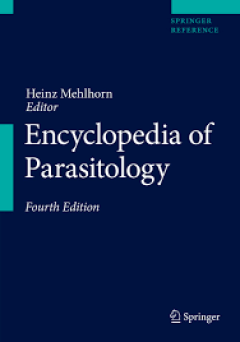
Encyclopedia of Parasitology
Knowledge in the field of parasitology must be kept at a high level and up to date in order to fight a parasitosis as quickly and effectively as possible. This work, one of Springer's renowned and authoritative Major Reference Works, contributes to these goals in several ways. First, it comprises a number of entries, consisting of both in-depth essays and definitions. Secondly, the content has …
- Edition
- -
- ISBN/ISSN
- 978-3-662-43978-4
- Collation
- 463 b/w illustrations, 1180 illustrations in colour
- Series Title
- -
- Call Number
- -
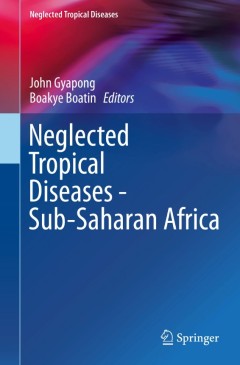
Neglected Tropical Diseases - Sub-Saharan Africa
This book provides an overview on the major neglected tropical diseases (NTDs) occurring in Sub-Saharan Africa, such as Leishmaniasis, Buruli Ulcer and Schistosomiasis. In well-structured chapters epidemiology and biology of these parasitic diseases will be discussed in detail. Further, diagnostics and therapeutic approaches as well as prevention strategies will be reviewed. The book will be of…
- Edition
- 1
- ISBN/ISSN
- 978-3-319-25469-2
- Collation
- XIV, 414
- Series Title
- Neglected Tropical Diseases
- Call Number
- -
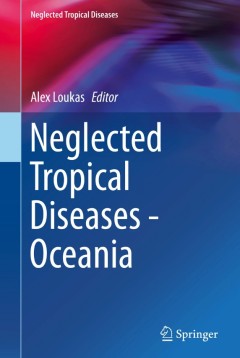
Neglected Tropical Diseases - Oceania
This volume of the Neglected Tropical Diseases (NTD) series covers the most prevalent NTDs in Oceania. This book will discuss in detail pathology, diagnostics and control approaches of selected NTDs in the geographic region. A large part of Oceania’s population lives in poverty and therefore is at high risk for certain parasitic diseases, such as hookworm infection, lymphatic filariasis, stro…
- Edition
- 1
- ISBN/ISSN
- 2194-8275
- Collation
- V, 294
- Series Title
- Neglected Tropical Diseases
- Call Number
- -
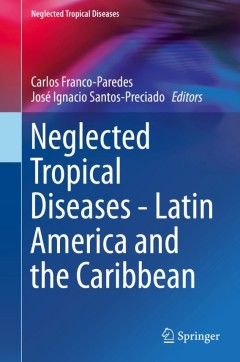
Neglected Tropical Diseases - Latin America and the Caribbean
This book addresses the major neglected tropical diseases (NTDs) – based on their prevalence and the years of healthy life lost to disability – in Latin American and Caribbean countries. These include Chagas disease, leishmaniasis, hookworm infection, and other soil-transmitted helminth infections, followed by dengue, schistosomiasis, leishmaniasis, leprosy, cysticercosis, bartonellosis, Pl…
- Edition
- 1
- ISBN/ISSN
- 978-3-7091-1421-6
- Collation
- VIII, 243
- Series Title
- Neglected Tropical Diseases
- Call Number
- -
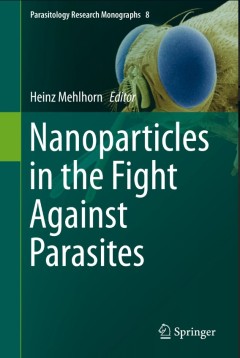
Nanoparticles in the Fight Against Parasites
This book sheds new light on the use of nanoparticles in the fields of parasitology and public and animal health. Nanotechnology has been used in many fields of research and in practical applications. A special subgroup is represented by the so-called nanobiotechnology, which is a multidisciplinary integration of biotechnology, nanotechnology, chemical processing, material science and engine…
- Edition
- 1
- ISBN/ISSN
- 2192-3671
- Collation
- X, 218
- Series Title
- Parasitology Research Monographs
- Call Number
- -

Myxozoan Evolution, Ecology and Development
This book provides an up-to-date review of the biology of myxozoans, which represent a divergent clade of endoparasitic cnidarians. Myxozoans are of fundamental interest in understanding how early diverging metazoans have adopted parasitic lifestyles, and are also of considerable economic and ecological concern as endoparasites of fish. Synthesizing recent research, the chapters explore issues …
- Edition
- 1
- ISBN/ISSN
- 978-3-319-14752-9
- Collation
- XIII, 441
- Series Title
- -
- Call Number
- -

The Th2 Type Immune Response in Health and Disease From Host Defense and All…
The type 2 immune response that develops during infectious disease has undergone major paradigm shifts in the last several years as new cell types and pathways have been identified. It is now clear that the type 2 immune response, characterized by elevations in specific cytokines, including IL-4, IL-5 and IL-13, is associated with helminth infections in both humans and mice. This response is co…
- Edition
- -
- ISBN/ISSN
- 978-1-4939-2911-5
- Collation
- -
- Series Title
- -
- Call Number
- -

Molecular Parasitology
In the past years, genome projects for numerous human parasites have been completed and now allow first in depth comparisons and evolutionary conclusions. The genomes of parasites reflect the coevolution with their host, metabolic capacities depending on their respective habitat in the host. Gut parasites usually have an anaerobic metabolism, while blood parasites have an aerobic metabolism, in…
- Edition
- 1
- ISBN/ISSN
- 978-3-7091-1415-5
- Collation
- IX, 547
- Series Title
- -
- Call Number
- -
 Computer Science, Information & General Works
Computer Science, Information & General Works  Philosophy & Psychology
Philosophy & Psychology  Religion
Religion  Social Sciences
Social Sciences  Language
Language  Pure Science
Pure Science  Applied Sciences
Applied Sciences  Art & Recreation
Art & Recreation  Literature
Literature  History & Geography
History & Geography